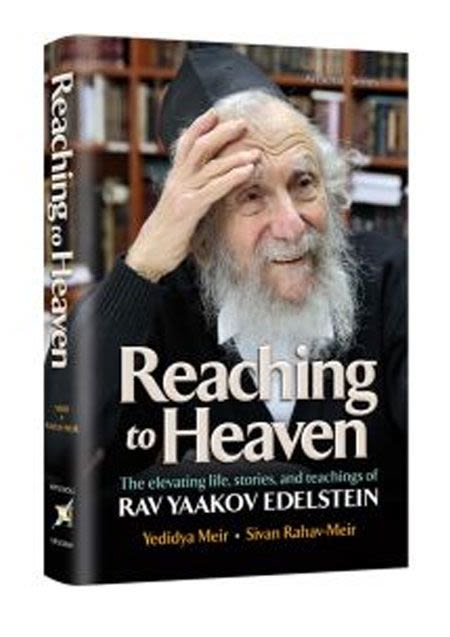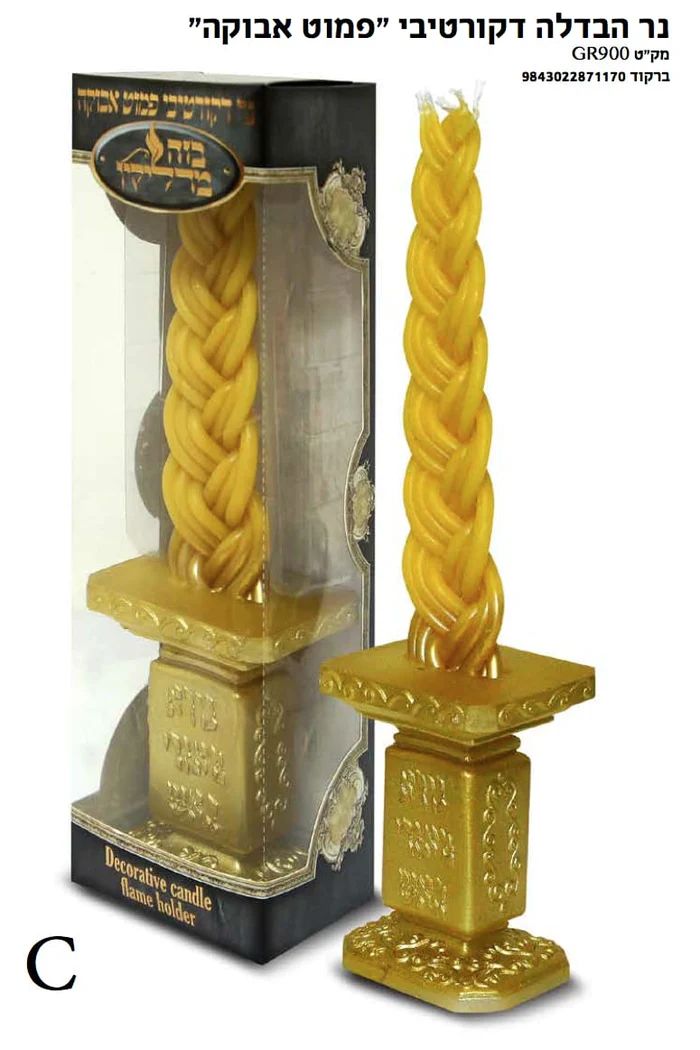
Vayikra: Including the Red
The Temple was surely holy, yet the scene of slaughtering animals doesn't seem to capture the picture of spirituality that we might have expected...

Parshat Vayikra
The book of Vayikra (Leviticus) takes us inside into the inspiring world of the Beit Hamikdash – the Temple in Jerusalem. The Torah prescribes different offerings to help a Jew connect and reconnect with Hashem. A means of re-dedication is found for the Jew who has accidentally strayed from his connection with Hashem (a sin or chataat offering). For a Jew who wants to express his profound appreciation for the miracles done for him by Hashem, the means is through a thanks or todah offering. The list continues and includes the gamut of the emotional world of a Jew.
However within this picture of attaining a connection or returning to the Creator there is something which begs explanation. When we picture an edifice of holiness and a place for transcending worlds and connecting to the Source of all blessing, we might imagine a quiet  place in the hills where meditation and introspection are primary. We could almost feel the calm and tranquility of such a holy place.
place in the hills where meditation and introspection are primary. We could almost feel the calm and tranquility of such a holy place.
But the Torah teaches us of a place where offerings are brought with the accompanying real life processes of ritually slaughtering the animal and then proceeding to divide the pieces among the Altar, the Kohanim (priests), and the owners of the animals. We don’t doubt the holiness that must have existed in the Temple, yet somehow this scene doesn’t seem to capture the picture of spirituality that we might have expected. Why isn’t the picture one of more serenity? What might be the reason for this sort of service to Hashem?
To suggest a possible approach let me share a story of a friend who is a fairly well known Jewish artist. At the beginning of his career in Israel he painted inspiring portraits of holy men with Sifrei Torah (Torah scrolls), wedding scenes with all the joy and celebration that the canvas could capture, plus many other truly inspiring works of art. The canvas was generally covered with calm colors and pastels. His art was appreciated by all.
This artist had an adviser who critiqued his painting. As an honest artist he wanted his mentor’s feedback. The advice he received shocked him and left him to ponder. The advisor said that he was leaving out one color that he, the artist, seemed to be afraid of-the color red, because life is not always “pastels and soft colors”. Red represents struggle, war, and conflict. He challenged him to include red into his repertoire and the artist took on the challenge. Although he didn’t make red his central color, he did incorporate it onto his pallet and used it to capture that which the color represents.
The emotional world of a Jew, who is truly doing his or her best in their service to Hashem, has a wide variety of experiences that can be represented by different colors. Some of life’s experiences are calmer and some are more tumultuous. What does red represent to the Jew and how is this lesson reflected in the Temple service?
There are two personalities in Scripture who were known for their ruddy hair and complexion: Esau and King David. They were both known as mighty warriors. But their personalities and their battles were as different as night from day.
Esau’s enemy was the world around him that he fought to subjugate and conquer. His “red” nature, or “gingy” as they say in Israel, was reflected in his warfare and the killing of those that dared challenge his authority. Bloodshed and murder became his trademark. And the world has suffered mightily from his descendants and their philosophy of social survival of the fittest.
King David was also a “gingy” and a warrior, but as much as he fought the enemies around him, primarily his war faced inward. He fought noble battles conquering himself. He waged battle with the darker elements of his personality and the product of these internal wars is the book of Psalms. The same reddish temperament was used in completely opposite ways. One quality, two entirely different realities. One-the red of war and bloodshed from Esau’s hands against his external enemies and the other- King David’s fighting and conquering himself. His “red” becomes the inspiration for all future generations. It is an expression of the nobility that ascends from the war and victory of purifying one’s whole being to Hashem.
What does this teach us about the Temple?
The world of connecting with Hashem is an inspiring world. It fills life with meaning and joy. But if we are honest with ourselves there are times when making that connection drains us of our emotional and spiritual energy. We have to push ourselves past limits that we didn’t know existed. The overwhelming challenges sometimes lead us to a place where we wonder how we got to where we are and how we can possibly extricate ourselves from the seemingly insurmountable challenges of our lives.
It is that moment when we have no choice but to give our “blood, sweat, and tears”. We harness the power of “red” and charge into battle to subjugate our animal self, the selfish, lower qualities that make us distant from our souls and our true connection with Hashem. With Hashem’s help we break out of the physical limitations of our previous state of being and reconnect with ourselves and with Him.
But this is no child’s play. It is real. Very real. It is our small, day-to-day struggles to overcome our pettiness with ourselves, our families, and the world around us. It is our life’s struggles, keeping focus on our true, spiritual side and keeping sight of who we want and hope to be. It is the thousands of years of struggle of the Jewish people who through thick and thin have united themselves with Hashem to the cries of “Shema Yisroel”. These individual and national “offerings” bring us close to Hashem in a way which we thought humanly impossible.
It is these offerings large and small, personal and communal, that create nobility and greatness within us. This is the “red” of our Temple. It is Hashem telling each one of us that our struggles are important to Him.
A quiet serene Temple would be an environment that Hashem could create for us but it would be lacking our gifts to Him. Ultimately Hashem tells us that what makes His Holy Temple so holy are the internal battles and victories of each and every one of us. May Hashem help us with our personal battles and may He help us overcome and create a world of holiness and nobility which we should see with the rebuilding of the Temple speedily and in our days.











Tell us what you think!
Thank you for your comment!
It will be published after approval by the Editor.